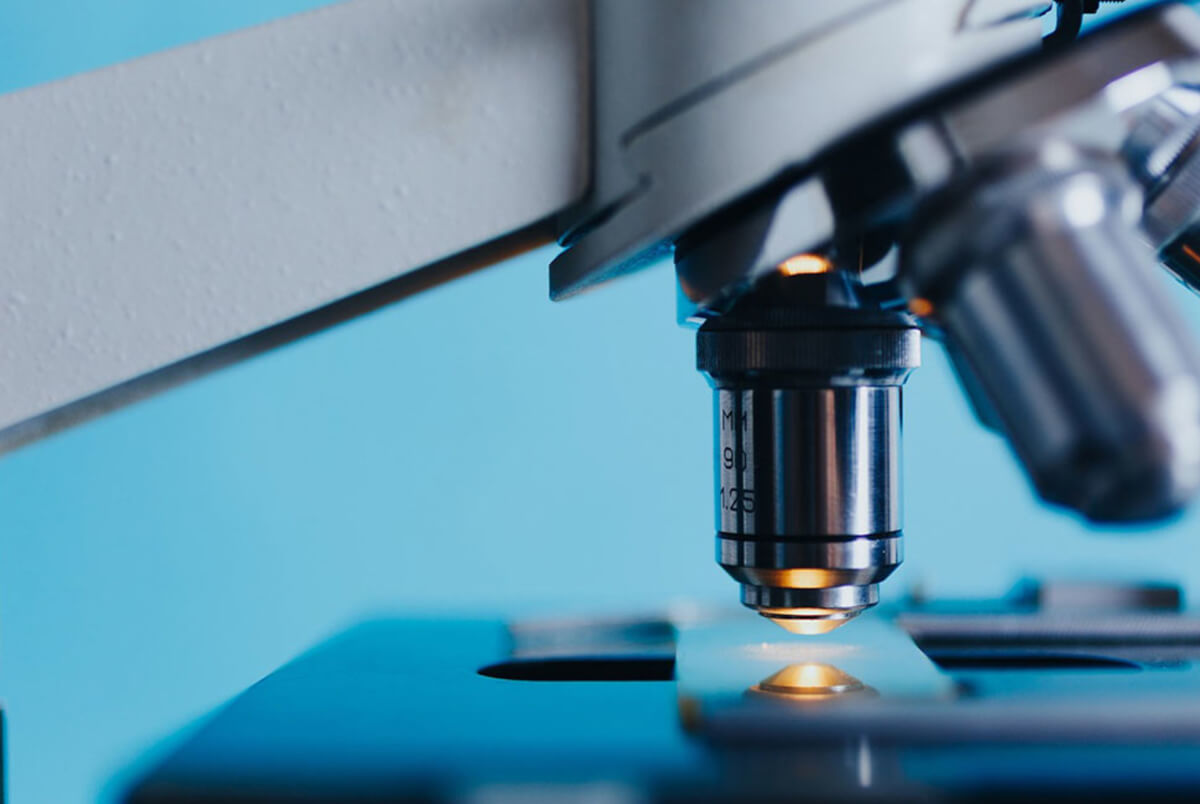EVANSTON, Ill. — Using artificial intelligence in the field of medicine can have dire consequences, a new study warns. Researchers from Northwestern University are highlighting a significant challenge in the use of AI in medical pathology: the difficulty in accurately analyzing tissue samples when they contain contaminants from other sources. This problem, known as tissue contamination, is well-understood by human pathologists but poses a serious issue for AI-powered computers, which are often developed in ideal and controlled environments. Simply put, AI is having issues dealing with the flawed and imperfect real world.
“We train AIs to tell ‘A’ versus ‘B’ in a very clean, artificial environment, but, in real life, the AI will see a variety of materials that it hasn’t trained on. When it does, mistakes can happen,” says study corresponding author Dr. Jeffery Goldstein, director of perinatal pathology and an assistant professor of perinatal pathology and autopsy at Northwestern University Feinberg School of Medicine, in a university release.
“Our findings serve as a reminder that AI that works incredibly well in the lab may fall on its face in the real world. Patients should continue to expect that a human expert is the final decider on diagnoses made on biopsies and other tissue samples. Pathologists fear — and AI companies hope — that the computers are coming for our jobs. Not yet.”

The study involved training three AI models to identify specific conditions in placenta tissue samples, such as blood vessel damage, gestational age estimation, and macroscopic lesion classification. A fourth model was trained to detect prostate cancer in needle biopsy tissues. When exposed to small amounts of contaminant tissue (like bladder or blood tissue), each AI model focused excessively on these contaminants, leading to diagnostic errors.
“The AI model has to decide which pieces to pay attention to and which ones not to, and that’s zero sum,” explains Dr. Goldstein. “If it’s paying attention to tissue contaminants, then it’s paying less attention to the tissue from the patient that is being examined. For a human, we’d call it a distraction, like a bright, shiny object.”
This research is the first to investigate how tissue contamination impacts machine-learning models in pathology. While human pathologists, who may review up to 100 slides per day, are trained to overlook such contaminants, AI models showed a marked susceptibility to being misled by them.

Despite these challenges, Dr. Goldstein remains optimistic about the potential of AI in pathology, particularly in perinatal pathology, where specialists like him are incredibly rare. With only 50 to 100 perinatal pathologists in the U.S., AI models embedded with expert knowledge could significantly aid pathologists nationwide, improving the speed and accuracy of their work.
“Our results make me confident that AI evaluations of placenta are doable. We ran into a real-world problem, but hitting that speed bump means we’re on the road to better integrating the use of machine learning in pathology,” notes Dr. Goldstein.
The study is published in the journal Modern Pathology.
